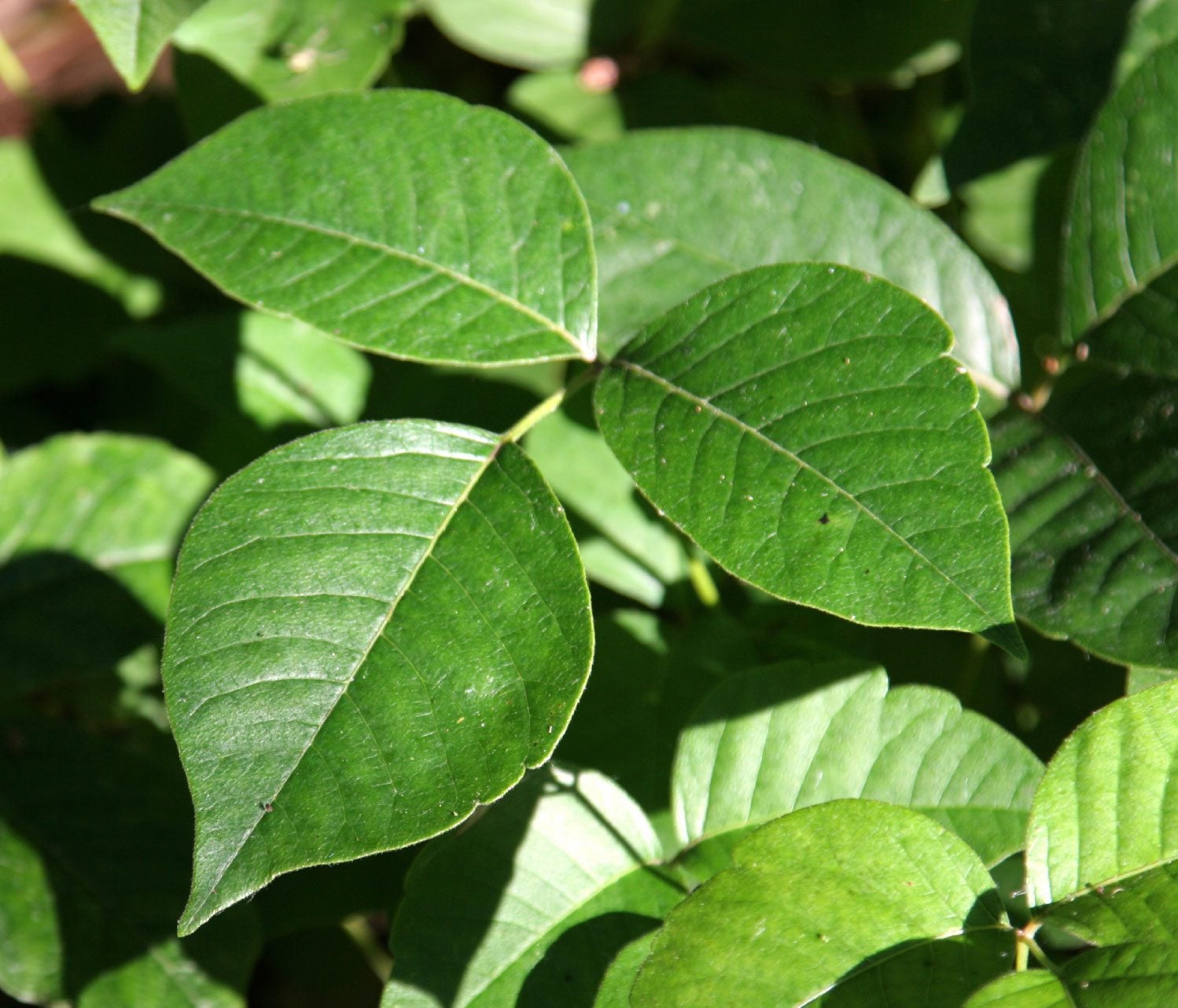Poison Ivy Control: How To Get Rid Of Poison Ivy


If ever there was a bane to the home gardener, it would be poison ivy. This highly allergenic plant can cause itchy rashes, painful blisters and uncomfortable burning on the skin. Poison ivy can easily turn a previously pleasant shade garden into a garden nightmare. This leads many gardeners to wonder about how to get rid of poison ivy. Let's take a look at how to kill poison ivy and keep it from coming back into your garden.
How to Get Rid of Poison Ivy
If poison ivy has already made a home in your garden, you are probably looking for an effective poison ivy killer. Unfortunately, killing poison ivy is not any easy task, but it can be done if you know how to do it.
The first thing you must decide is if you wish to use organic or chemical poison ivy control. Both methods of killing poison ivy are effective, but chemical poison ivy control will be quicker.
Note: Chemical control should only be used as a last resort, as organic approaches are more environmentally friendly.
Organic Poison Ivy Control
The most difficult thing about how to get rid of poison ivy is that the whole plant must be eliminated. If any of the root survives, the poison ivy plant will come back. Killing poison ivy organically means that you will need to pull the plant out of the ground, roots and all.
The best time to do this will be right after a good rain. The ground will be soft and the poison ivy roots will come out more easily when you pull the plant out. When using this method for poison ivy control, make sure that you wear heavy gloves, long sleeve clothing and wash thoroughly afterwards to prevent getting a poison ivy rash.
Also, do not touch bare skin with anything that has touched the poison ivy. The poison ivy contains oils that are easily transferred from objects, like gloves to skin. For this reason, even organic gardeners may want to forgo organic methods and use chemicals to avoid the possibility of painful rashes. It can be very easy to forget and rub one's face while pulling out poison ivy.
Gardening tips, videos, info and more delivered right to your inbox!
Sign up for the Gardening Know How newsletter today and receive a free copy of our e-book "How to Grow Delicious Tomatoes".
Even with the most careful weeding, some of the poison ivy roots will remain. At the first sign of regrowth, pull the poison ivy plants again. This will, over time, sap the strength of the plant so it cannot regrow.
Boiling water is also an effective poison ivy killer. If the area where you will be killing poison ivy has no other plants you wish to keep, pour boiling water over the poison ivy plant. Boiling water will kill any part of a plant that it comes in contact with, so be careful using this around desirable plants.
Chemical Poison Ivy Control
Killing poison ivy with chemical herbicides is faster than organic pulling, but even the strongest herbicides must be applied several times before being able to fully eradicate poison ivy.
The best way in how to get rid of poison ivy with herbicides is to apply it to the leaves of the poison ivy plant.
Like pulling, the poison ivy will regrow, as even the most powerful herbicide will not kill all of the roots. But as the poison ivy plant regrows, spray the herbicide on any new growth. A few applications on new growth will deplete the poison ivy plant's ability to regrow and the plant will die back completely
Note: Any recommendations pertaining to the use of chemicals are for informational purposes only. Chemical control should only be used as a last resort, as organic approaches are safer and more environmentally friendly.

Heather Rhoades founded Gardening Know How in 2007. She holds degrees from Cleveland State University and Northern Kentucky University. She is an avid gardener with a passion for community, and is a recipient of the Master Gardeners of Ohio Lifetime Achievement Award.
-
 Try The Trend – Turn Any Bed Into A Keyhole Garden With This Clever In-Ground Composter
Try The Trend – Turn Any Bed Into A Keyhole Garden With This Clever In-Ground ComposterKeyhole gardening is an efficient and sustainable practice that saves space. Get started on this DIY project quickly and easily with an in-ground composter.
By Bonnie L. Grant
-
 4 Superfast Composting Methods: Turn Waste Into Garden Gold In 30 Days Or Less
4 Superfast Composting Methods: Turn Waste Into Garden Gold In 30 Days Or LessTry the fastest composting methods to turbocharge your pile and transform kitchen scraps and garden waste into finished compost in just a few weeks.
By Mary Ellen Ellis